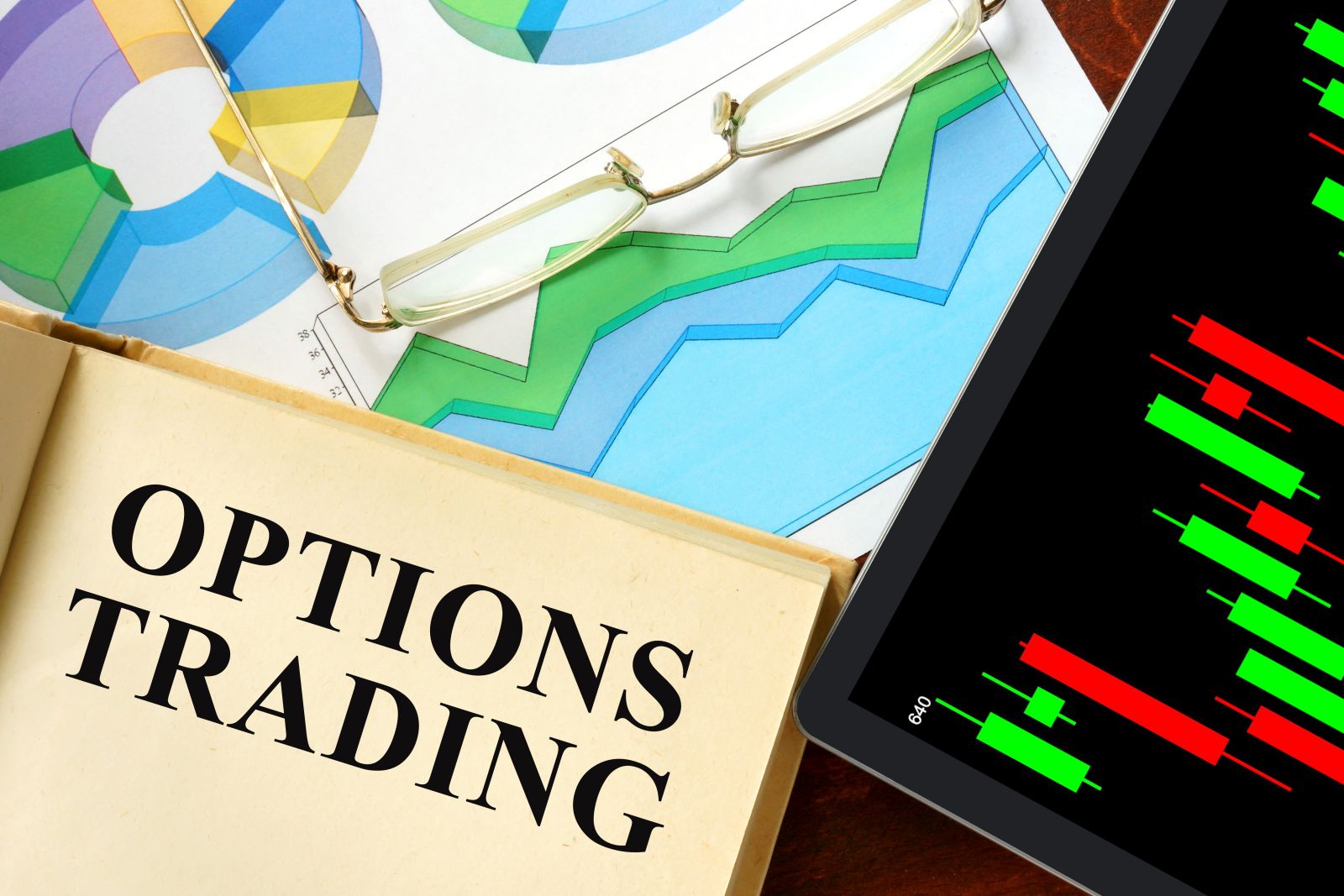|
||
|
Name
Cash Bids
Market Data
News
Ag Commentary
Weather
Resources
|
Hertz’s Unusual Options Activity Provides a Slew of Strategies to Ride Bill Ackman’s Coattails
Happy Good Friday to Barchart readers everywhere. The shortened week saw the S&P 500, Dow Jones Industrials, and Nasdaq 100 lose 1.5%, 2.7%, and 2,3%, respectively. All three indices are down in 2025. While the U.S. weekly initial unemployment claims fell to a 2-month low of 215,000, the markets are trending lower, due to the global trade uncertainty caused by U.S. tariffs. “The U.S. is exporting a lot of high-value services: software, Hollywood, banking — that’s where the future lies,” said Jayant Menon, a senior fellow at ISEAS-Yusof Ishak Institute in Singapore who previously served as lead economist at the Asian Development Bank. “[Trump] is risking economic growth, he is risking access to technology that comes through trade and investment,” the Los Angeles Times reported the economist’s April 17 comments. With earnings season underway, and 12% of S&P 500 companies reporting, 71% beat the Wall Street EPS estimate according to FactSet, 600 basis points lower than the five-year average, and 400 basis points less than the 10-year average. In Thursday trading, 60% of the 1,414 unusually active options were calls, indicating that investors are nibbling on stocks now, hoping to use leverage to benefit from a possible rebound in the weeks ahead. Due to Bill Ackman’s sudden interest in Hertz Global Holdings (HTZ), HTZ stock had nine unusually active options (6 puts/3 calls) yesterday. Here are three possible strategies to take advantage of the billionaire’s significant stake in the rental car giant. Have an excellent Easter. Why Ackman Likes HertzBill Ackman revealed on Wednesday that his investment firm, Pershing Square Capital Management, had taken a 19.8% stake in Hertz. Ackman’s firm began accumulating a position late in 2024. Pershing Square is now the firm’s second-largest shareholder behind CK Amarillo LP, a partnership between two New York investment firms--Certares and Knighthead Capital Management, which own approximately 59% of the company. His post on X laid out the rationale for Pershing taking its position in the rental car company. The three points that resonate with me:
In addition, Ackman suggested an AV (autonomous vehicle) partnership with Uber Technologies to boost Uber’s margins while better utilizing Hertz’s massive global fleet. It’s a compelling argument. I can see why Hertz’s stock doubled on the news. As a result, it’s out of penny-stock hell. Should You Follow Ackman Into Hertz?The last time I wrote about Hertz on Barchart was last September. At the time, it had entered Barchart’s Bottom 100 Stocks to Buy. I wondered if it was ready for a second visit to Chapter 11 in less than five years or if deep value investors were on something. While I concluded by stating that “I would not touch Hertz with a 10-foot pole,” I also suggested aggressive investors make a contrarian bet on the stock with a March 21/2025 $5 call. With a $0.50 ask price, or about 14% of its share price at the time, you could double your money with a 35% move over the next six months. It did that by late November, trading between $3 and $5 until Wednesday’s big 56% jump. Yesterday's ask price for a six-month $5 call (Oct. 17 expiry) was $4.20, more than 8x the six-month call last September. While the price to play has gotten considerably higher, I believe that aggressive investors aren’t too late to the party. Yesterday’s nine unusually active options provide some possible strategies. Here are three to mull over Easter weekend. The 9 Unusually Active Options in QuestionThe strike prices ranged from $3 to $30, while the DTEs (days to expiration) ranged from eight to 639. Two had Vol/OI (open interest) ratios above 10%.
|
|
|